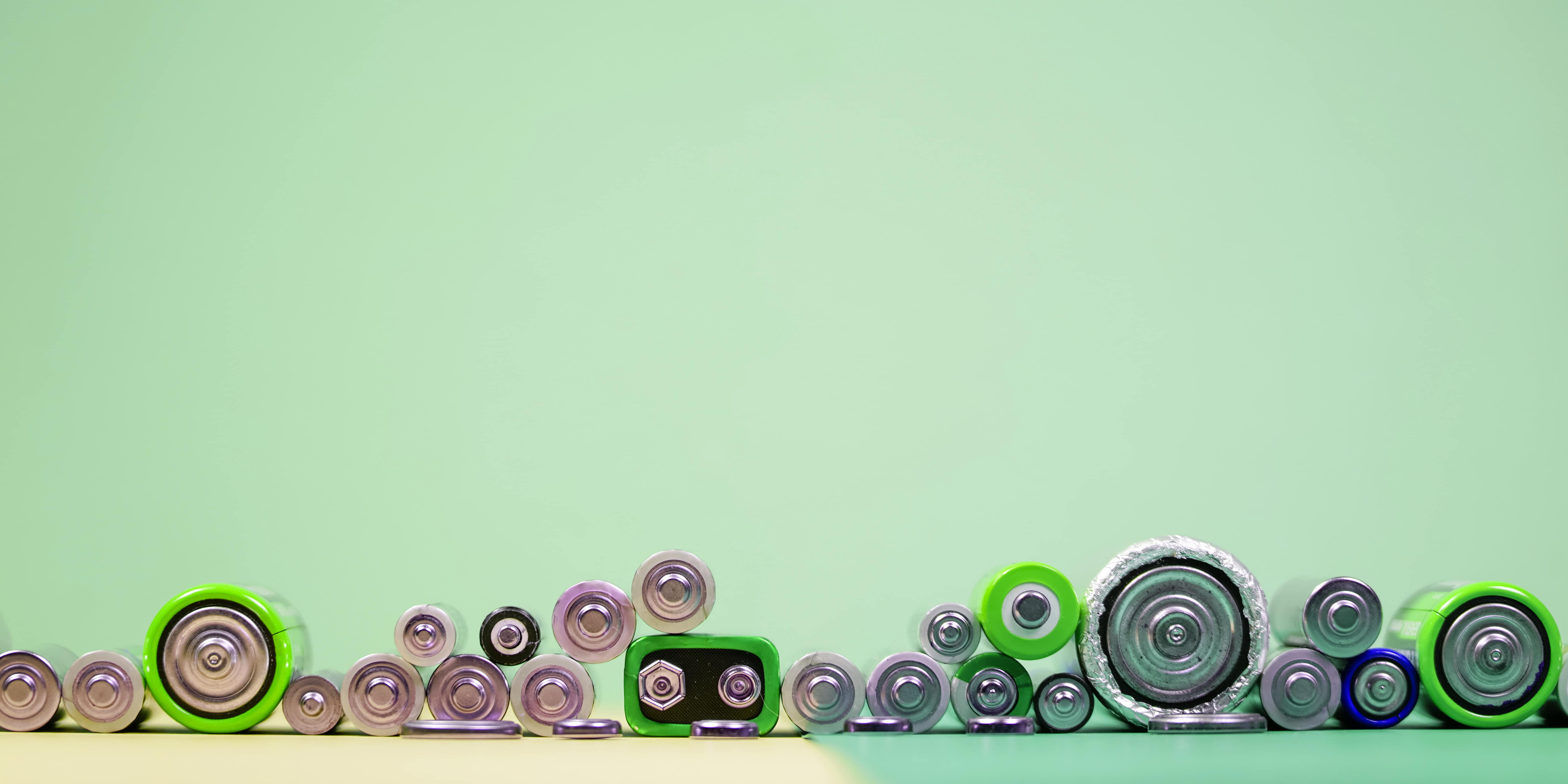How to Recycle Batteries
At some point in your life you’ve probably wondered whether or not batteries are able to be recycled nearing the end of your cell phone or tablet’s life. It’s crucial that devices have their batteries removed prior to any destruction. Force from the hardware surrounding the battery during physical destruction can cause damage to the electrodes or the separator and lead to short circuiting. Inadequate venting or thermal management can cause the battery to heat up. If too hot, chemical reactions can cause it to heat up even more and spiral out of control. It’s a situation called thermal runaway that often ends in an explosion or fire once oxygen is introduced. So always remember to remove batteries prior to destroying any IT device, and remember, those batteries can be recycled! All batteries contain very different chemical makeups and therefore it is imperative disposed of differently for your safety; here’s how:
Lead acid batteries require a longer process than others to recycle, but the end result is worth it. After they are crushed into pieces, the broken battery is then placed into a vat. The lead and heavy materials fall to the bottom and the plastic floats. The polypropylene pieces are then brushed aside and separated from the lead and heavy metals. Each of the materials then goes into its separate recycling “stream”.
The plastic polypropylene pieces are washed and then melted into a liquid state. When the liquid hardens the plastic is then turned into smaller plastic pellets and the cycle restarts as these pellets are then used for manufacturing other battery cases. The lead parts of the battery are melted to separate the impurities from the ingots. The impurities get swept away while the ingots such as gold or steel are sent back for manufacturing of new batteries. Sulfuric acid is the last material to be dealt with when recycling lead acid batteries. Firstly, you can neutralize the acid with an industrial compound similar to baking soda, and this neutralization will turn the acid into water. The water is then tested and treated by a water treatment plant to be sure it meets standards of clean water. The second way to recycle the sulfuric acid is to convert the acid to sodium sulfate. Sodium sulfate is an odorless powder that is used in detergent and textile manufacturing. Lead acid batteries are pretty neat considering almost every part of the old battery (nearly 98%!) is repurposed for new batteries.
Alkaline batteries (AAA, AA, C, D, 9V, etc.) are separated into three end products — metal, plastic, and paper, generally — through a mechanical separation. Alkaline batteries contain manganese, steel and zinc, all of which are naturally occurring metals that pose no threat to the environment. These types of batteries do not exhibit any of the following criteria to be classified as hazardous by the EPA: ignitability, corrosivity, reactivity and toxicity. As such, they are not listed as hazardous waste under the Resource Conservation and Recovery Act (RCRA), so they can be safely disposed of in household trash or general waste.
Lithium Ion batteries are recycled in a process that also separates them into three end products: cobalt and lithium salt concentrate; stainless steel; and copper, aluminum, and plastic. Cobalt, copper, and other metals found in lithium ion batteries can readily leak from the casing of buried batteries and contaminate soil and groundwater, threatening ecosystems and human health, says Zhi Sun, a specialist in pollution control at the Chinese Academy of Sciences. Lithium-ion batteries are compact, complex devices, come in a variety of sizes and shapes, and are not designed to be disassembled. Each cell contains a cathode, anode, separator, and electrolyte. All of these products again are able to be recycled into new batteries!
Nickel-Cadmium batteries first are separated into metal and plastic components. The metals, such as iron, nickel, manganese, and chromium, get tossed into an essentially high melting point metal bath to separate from lower melting point metals like zinc and cadmium. Once separated the zinc and cadmium are then recycled with the plastics to be reused for new batteries.
Nickel Metal Hydride batteries are removed from their cells. The cells go through a drying process to remove moisture (the potassium hydroxide electrolyte and H20) from the battery. During the drying process, the cells are heated in a time- and temperature-controlled manner. Once completely dried, the cells become valuable feedstock for stainless steel or alloy manufacturers.
Mercury batteries are decreasing in usage, fortunately, due to the Mercury-Containing Rechargeable Battery Management Act of 1996. This act prohibits the sale of certain types of mercury-containing batteries in the United States. However, when they are recycled, mercury and other heavy metals are normally extracted through a controlled-temperature process.
Zinc-Carbon (AAA, AA, C, D, 9V, etc.) and Zinc-Air batteries are recycled the same way as alkaline batteries mentioned above by using high temperature metal reclamation to melt them and then repurpose them into new batteries.
It’s important to dispose of batteries properly so they don’t end up in landfills polluting our environment further. It’s integral in these times that we conserve our natural resources like metals and minerals for longevity down the road. Improperly disposing of batteries can lead to many chaotic outcomes. Battery-powered devices ready for destruction can be harmful to the environment as well as yourself. Leaving a battery in a device that you will be storing or destroying can drain the battery and lead to some unpleasant surprises, like leaks and explosions. By knowing the chemistry of each battery and the proper way of disposing of them, we are taking a step in preventing pollution by reducing the need to collect untouched, raw materials, which puts a strain on our planet.
https://www.batterysolutions.com/recycling-information/how-are-batteries-recycled/


